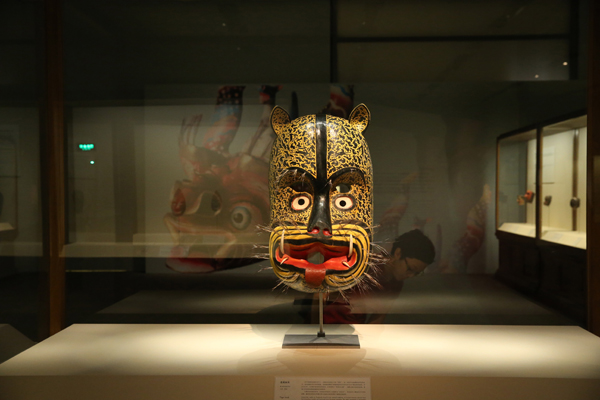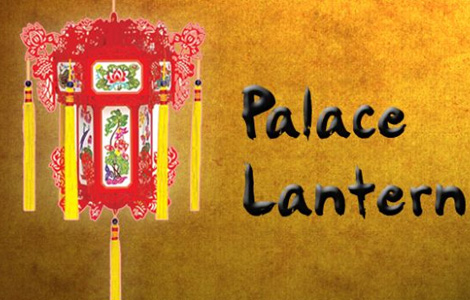Masks reveal unknown worlds
Updated: 2013-07-12 02:07
By Lin Qi (China Daily)
|
|||||||||||
Five years after it signed a memorandum of cooperation with the National Museum of China, the Paris-based Musee du Quai Branly is finally coming to Beijing with an exhibition of 100 masks expressing the dramatic link between people and the unknown world.
The Masks: Beauty of the Spirits exhibition showcases imaginative works from a number of African, Asian, American and Oceanic collections at Quai Branly. The museum was opened in 2006 and is devoted entirely to non-Western arts.
 |
|
Paris-based Musee du Quai Branly is bringing to Beijing an exhibition of masks. |
"The masks act as a passage, a door, through which people are able to see the forces of the untouchable. When wearing a mask, people can talk to the spirits and phenomena they can't see or feel,"says Yves Le Fur, the exhibition's French co-curator and director of Quai Branly's heritage and collections department.
"The masks are inhabited with spirits, which sometimes represent justice while other times are pessimistic and even violent.
"In a word, the masks are an art of spirits,"he says.
The curating process took over a year before exhibitors on both sides agreed on an exhibiting plan which would best explain to Chinese audiences how unfamiliar cultures manifested their ancestors' strength and supernatural powers.
The masks are so widely dispersed within their regions that a keyword is attached to each section to sum up their distinct cultural characters.
The African masks underlined the art of "meditation"for they helped preserve the harmony between man and nature. The Oceanic masks represent an "ephemeral"approach as they link people with their ancestors.
Curators say these masks bear witness to man's stunning creativity in using materials including leather, porcelain, jade, vine and plastic, and mastery of handicraft skills such as weaving, carving, embroidering and color painting.
"Personally, I recommend the Kodiak mask. The wooden mask from Alaska is hailed as one of the most important works in the world's history of art and culture,"says Chinese co-curator Huang Yi.
"It was carved with very simple lines, and its form resembles an instant moment of nature — a drop of water. When viewers observe the mask from different angles, they will feel the different emotions the mask conveys,"he says.
Last year, the National Museum of China held its first exhibition at the Quai Branly Museum introducing Chinese culinary culture. Huang hopes the Quai Branly will surprise Chinese curators and audiences with more novel displays.
"When I visited the museum last year, I was very impressed by an exhibition about human hair. It showed people's understanding about their physical features, and dug further to discuss the issues of religion and fashion, as well as the relation between colors and mood,"he says.
He says such international cooperation will extend Chinese exhibitors' interpretations of their collections, by which they can popularize the knowledge of history and traditions in a dynamic way.
"Our recent collaborations with such world museums as the Metropolitan Museum of Art and the British Museum help compensate our weakness in alien collections,"the National Museum of China's deputy director Chen Lusheng says.
"More importantly, via these joint exhibitions, our staff members are given wider exposure to curatorial ideas and exhibition planning."
Today's Top News
Top GSK executives probed in bribery
Coal mine found concealing blast death toll
A dream home helps build the future
Masks reveal unknown worlds
Shelter to help abandoned children
Lifesaving top priority, premier says
Pathfinder pianist
Villagers excited to meet President Xi
Hot Topics
Lunar probe , China growth forecasts, Emission rules get tougher, China seen through 'colored lens', International board,
Editor's Picks

|

|

|

|

|

|





